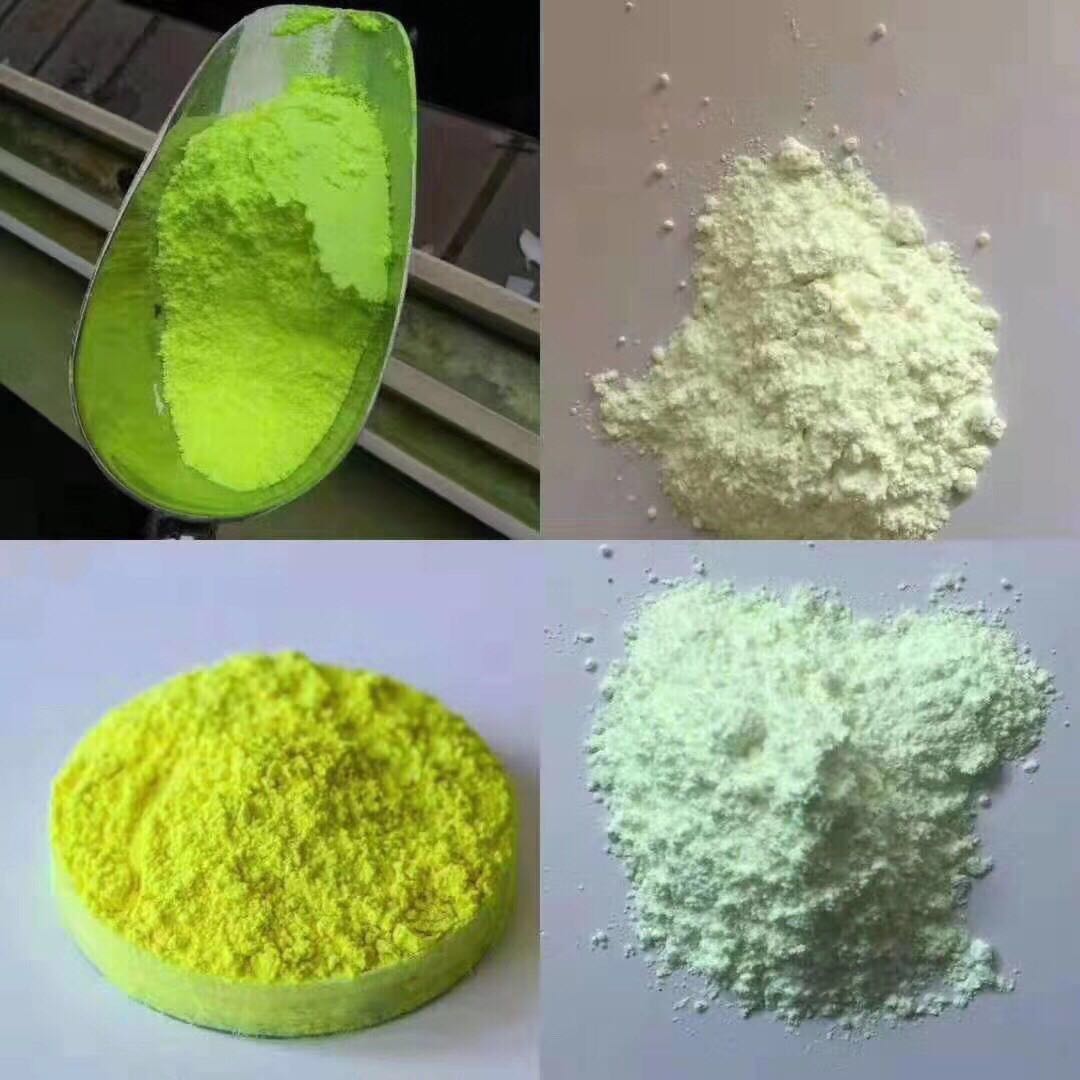White plastic products remain one of the most popular options across industries. To enhance whiteness and achieve a brighter, cleaner appearance, manufacturers often add a small amount of optical brightener during production.
However, some manufacturers find that after adding an optical brightener, the product does not become whiter and, in some cases, even becomes more yellow.
So why is the optical brightener not working? Below are the two most common reasons.
1. Incorrect Type of Optical Brightener
There are many different types of optical brighteners used in plastics, and each model varies in:
- Appearance
- Melting point
- Heat resistance
- Compatibility with the polymer
- Weather resistance
- Fluorescence color (blue, violet-blue, etc.)
If the wrong optical brightener is selected for a specific plastic resin or processing temperature, the whitening effect will be weak or completely ineffective.
Quality Differences Also Matter
The optical brightener market is highly inconsistent. Low-purity or adulterated brighteners often appear cheaper, but they provide:
- lower fluorescence intensity
- poor dispersion
- higher migration
- discoloration during processing
This leads to unsatisfactory whitening results and, in severe cases, visible yellowing.
Choosing a high-quality, application-specific optical brightener is essential for achieving stable, lasting whiteness.
2. Incorrect Dosage of Optical Brightener
Even when the correct brightener is selected, the dosage is critical. Optical brighteners do not work on a “more is better” principle.
When the dosage is too high
Excessive brightener can cause:
- yellowing
- dull or uneven whiteness
- precipitation or surface blooming
- reduced mechanical properties
Overdosing can shift the fluorescence curve, making the final product appear blue-green or yellowish instead of bright white.
When the dosage is too low
The whitening effect becomes weak or barely noticeable, making the product look similar to untreated material.
The solution: Conduct dosage testing
Before full-scale production, it is essential to run small-batch trials to determine the optimal addition amount based on:
- resin type
- processing temperature
- presence of recycled materials
- color masterbatch formulation
This ensures consistent and predictable whitening performance.
Above are the two main factors that cause the optical brightener not working.
Need Help Choosing the Right Optical Brightener?
If you’re experiencing whitening issues or want to improve product brightness, Shandong Grand Chemical Co., Ltd. is here to assist.
We provide:
- Professional technical guidance
- Application-specific product recommendations
- One-on-one technical support
Contact us anytime for customized whitening solutions tailored to your production needs.
📧 sales@obachemical.com
📞 +86 131 7300 9832

